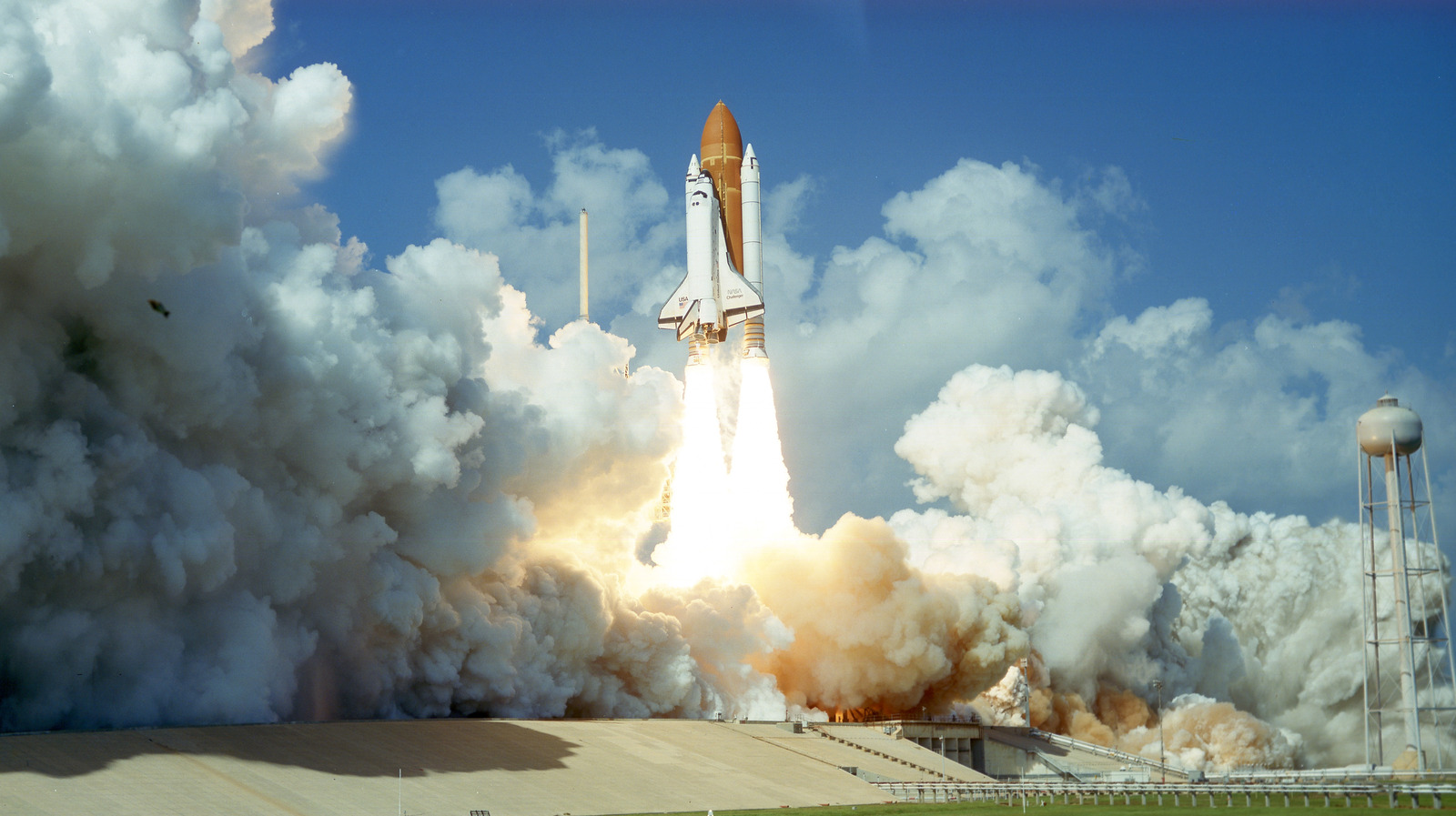

In the wake of the Challenger disaster, investigations found that the shuttle launch failed due to a faulty o-ring: an elastomer loop designed to seal joints between sections of the rocket booster to prevent leaks from the fuel tank. Organizational Burnout: What Went Wrong & Learning From Failure Here, we examine how NASA failed in its mission to safely launch humans into space, how organizational burnout led to the 1986 Challenger disaster, and where engineering organizations today can find these signs of burnout before they lead to engineering disaster. The tragedy of the Challenger compels us to bear the weight of our own duty as engineers to society at large: to beware the road towards the organizational breakdown that allowed the crew of the Challenger to be lost and the breakdowns that cause world-changing products to end up in the dust bin.
#Nasa space shuttle explosion 1986 software#
As software continues to “ eat the world ,” the stakes keep going up. The stakes tend not to be as immediately grave as with the launch of a space shuttle, but a software team’s success or failure–and the trend towards success or failure in the industry–have real impact on the lives of billions of people: their health, their jobs, their safety, their mobility, their happiness. Software failures tend to be far less dramatic than the disintegration of the Challenger, but Dan (my CEO) and I are acutely aware of the tremendous impact software engineering has on the well-being of mankind. Like mission control supporting the Challenger and every other shuttle launch, all of that engineering effort and quality testing culminates in the moment of launch: when we set our products into the world to face all the forces of chaos–users, networks, and cyberattacks–therein. Like NASA, great software organizations have a mission, and humans who work passionately to realize it. NASA is an engineering organization first, with a mission. The pressure on web software is far lower, but the nature of the operation has real parallels. In deploying a web application, a team now has opportunities for continuous improvement, even after launch. In launching a shuttle, a team only has one shot (and though stakes were lower, the same was true of software launches before advanced web development). Software development is far tamer, and the rules are gentler by the same degree.

Space travel operates at every known extreme of human engineering and endurance. You watch in terror as the orbiter is torn apart, falling out of the sky into the Atlantic Ocean below, killing all seven astronauts on board. Just 73 seconds after takeoff, at an altitude of about 46,000 feet, the shuttle is engulfed in a cloud of fire. You are sitting in mission control, tensely and helplessly watching as the Challenger space shuttle begins its lift-off from Florida’s Kennedy Space Center. How Organizational Burnout Led to the 1986 Challenger Disaster, and What Engineering Teams Can Learn from It


 0 kommentar(er)
0 kommentar(er)
